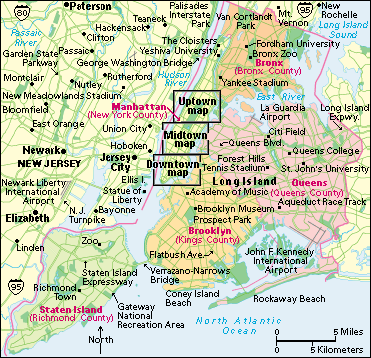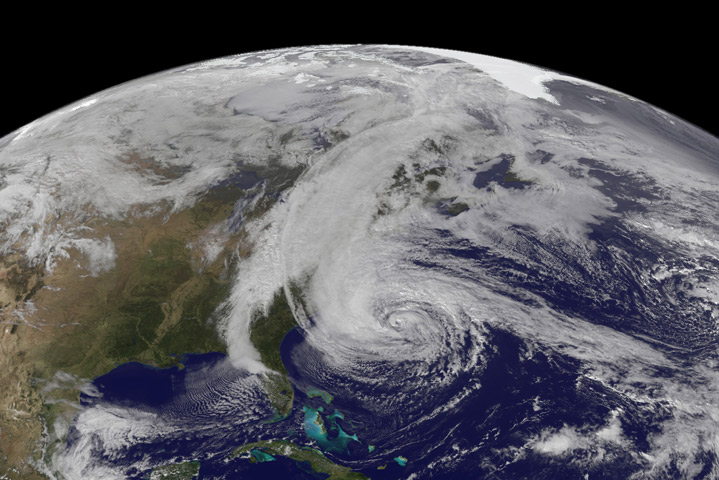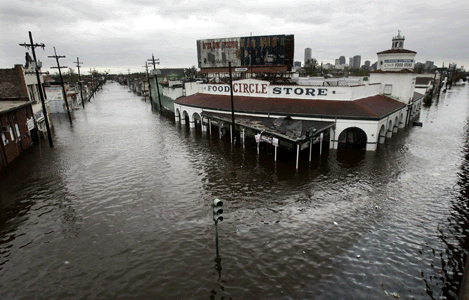Destruction from Typhoon Haiyan “Massive”
Monday, November 11th, 2013November 11, 2013
Philippine President Benigno Aquino declared a state of national calamity yesterday in the aftermath of Typhoon Haiyan. He issued a statement that thousands of survivors are desperately waiting for aid to reach them in the two worst-affected provinces, Leyte and Samar. Friday’s massive cyclone left widespread destruction and loss of life on both islands. Tacloban, the Leyte provincial capital with a population is 200,000, is nearly leveled. Authorities fear that thousands of people died in Tacloban alone. On the island of Samar, the small city of Guiuan was also largely destroyed. Relief workers told a BBC correspondent that areas in the far north of Cebu province suffered “80 to 90 percent” destruction.
The Philippine government estimates that the storm has affected some 9.5 million people—about 10 percent of the nation—and displaced more than 600,000 people. Entire regions are without food, water, and medical supplies. The head of the Philippine Red Cross, Richard Gordon, described the situation as “absolute bedlam,” and Jane Cocking, the humanitarian director for Oxfam, told the BBC that her colleagues witnessed “complete devastation. . . entire parts of the coastline just disappeared.” (Oxfam is an international confederation of 17 organizations working to find solutions to poverty and related injustice worldwide.) A team of 90 U.S. Marines and sailors based in Okinawa, Japan, landed in the Philippines yesterday to assess how the U.S. Department of Defense might best aid in the relief effort.
Meteorologists have confirmed that Haiyan was one of the strongest storms in recorded history. It smashed into the central Philippines On November 8 with sustained winds of 147 miles (235 kilometers) per hour and gusts of 190 miles (305 kilometers) per hour. The winds drove tsunami-like storm surges that were 40-feet- (12-meters-) high in places, leveling everything in their paths. In some areas, as much as 15.75 inches (400 millimeters) of rain fell, triggering massive flooding.

- Typhoon Haiyan smashes into the central Philippines, in an image captured on November 8 by a NASA satellite. (NASA Goddard MODIS Rapid Response Team)
Typhoon Haiyan made landfall in Vietnam this morning, much weakened but, nevertheless, with sustained winds of 85 miles (140 kilometers) per hour.
Additional World Book articles:
- The Forecast: Better Weather Prediction Ahead (a special report)
- How the Ocean Affects Climate (a special report)







